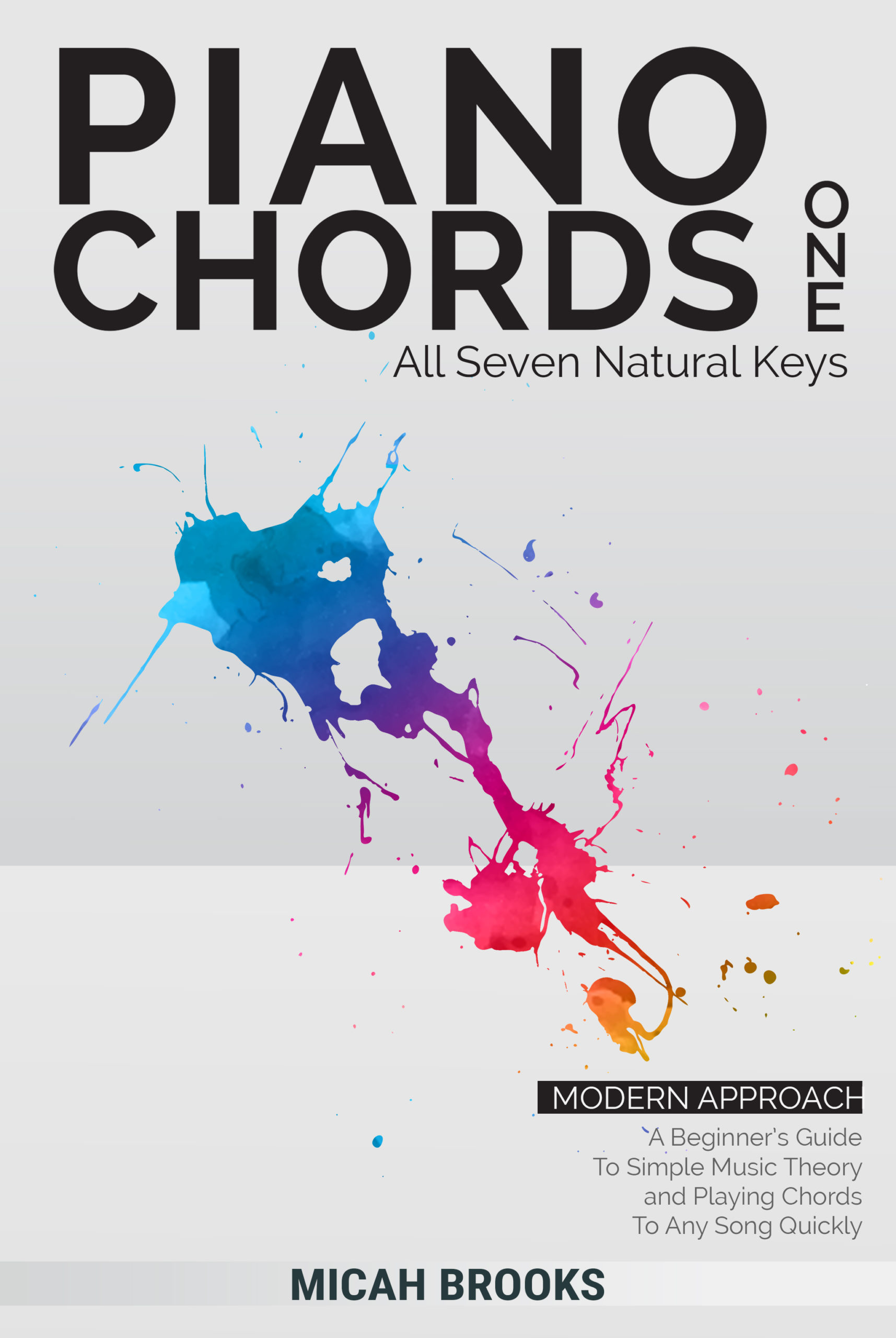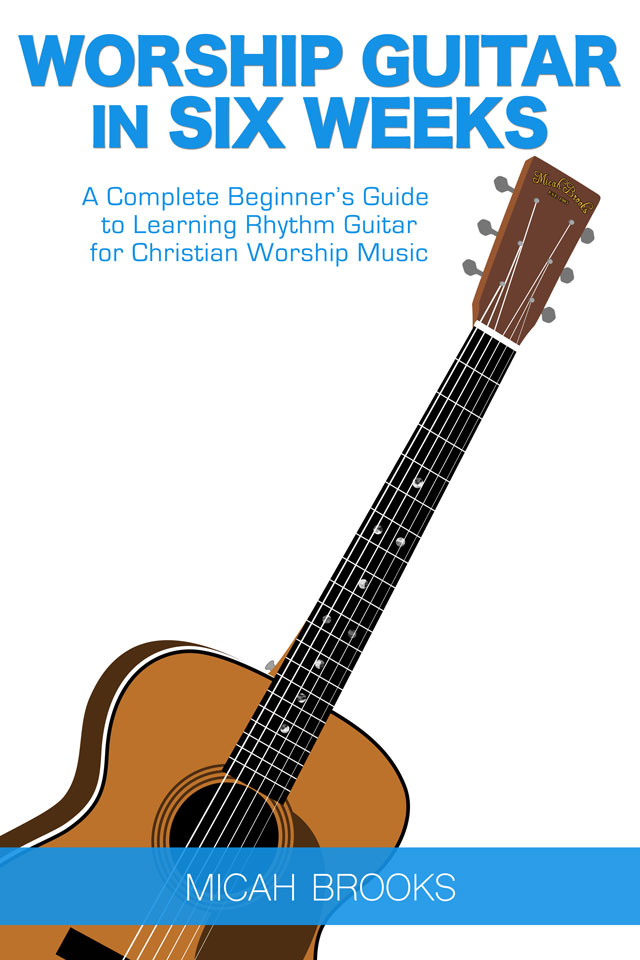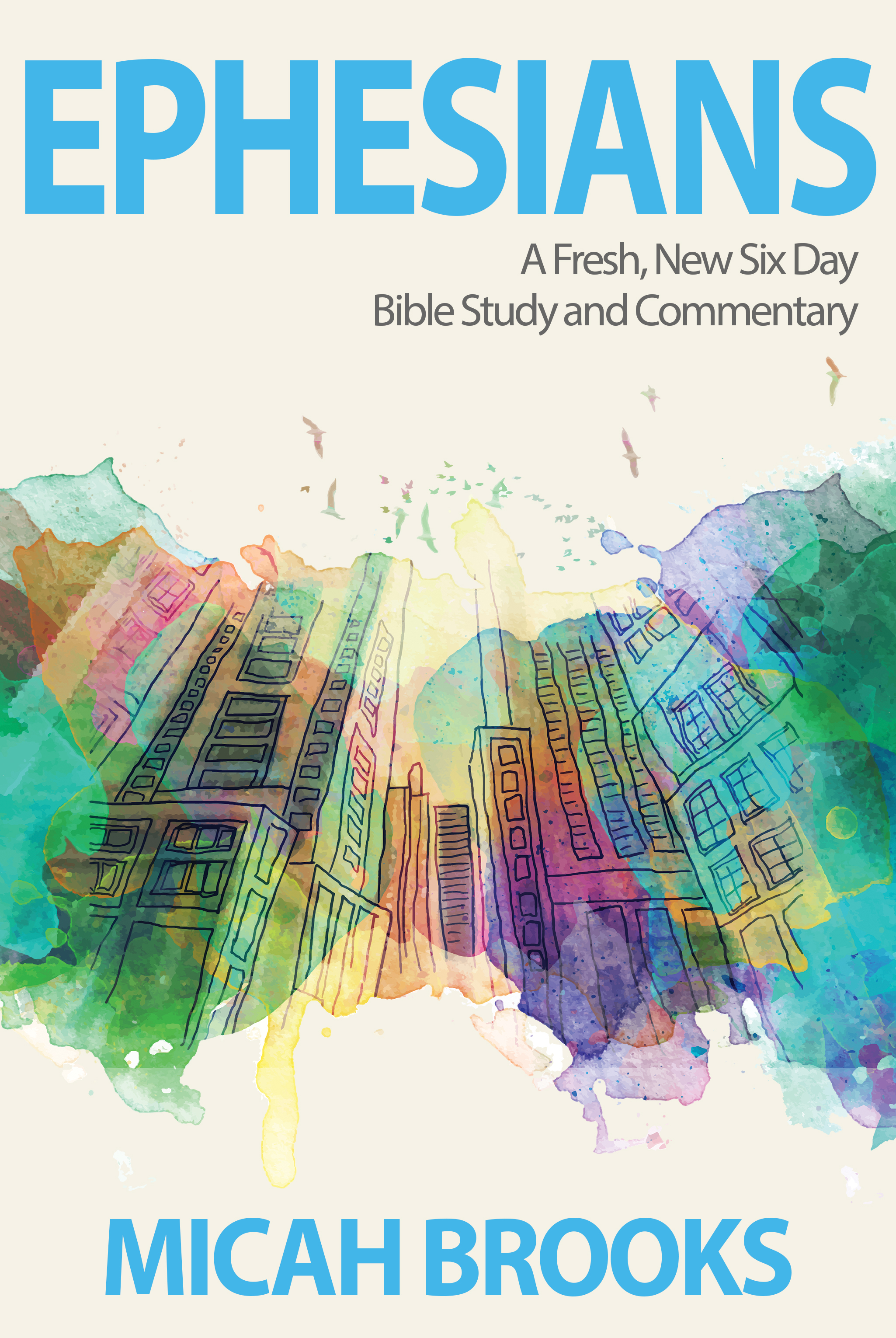When you begin to hear songs in numbers, not just chords in a key, you’ll be able to stand on stage, for the most part, without any notes, charts, or sheet music. This all comes with the familiarity of knowing what each chord and number sounds like. The 1 chord is distinctly different from a 4 or a 5. A 6m and a 2m sound very different, even though they are both minor chords. It takes a fair amount of practice, but at some point, it becomes second nature.
The secret: know what’s likely coming and what’s not!
Most songs will have a 1, 4, 5, and 6m. Listen for those. When determining what chord is being played, use an instrument to test those first. If not one of those, choose a 2m. If not one of those five chords you’ll need to try out the rarer chords like 3m, ♭7, 1/3, 5/7, and so on.
Let’s check out each chord. Onward!
Hearing a 1 chord
The 1 chord is foundational. It’s fundamental. It’s the one that each of the others relates to. To find it, listen for the chord that feels the most settled. When a song arrives on a 1, it’s as if it has landed. However brief you may be on the chord it still feels home. Find the 1 chord in your song before you work to determine any of the others. You should be able to hear a 1 chord and know what it is. Let’s use the key of G throughout the rest of this training. Play a G and let it be our foundation.
Hearing a 4 chord
The 4 chord always sounds like it wants to resolve or fall back to a 1 chord. The only note that it shares with the 1 is the tonic note (or the root note of the scale), yet to the ear, it always sounds incomplete. When hearing a 4, it wants to revert back to a 1 chord. If you are familiar with hymns, the “Amen” at the end of “The Doxology” is a 4 chord that settles into a 1 chord. The 4 chord in the key of G is the C. Play a C chord and then let it resolve back to the 1 or G. You should notice a sort of settling sound.
Hearing a 5 chord
A 5 chord is its own animal. It shares the 5 note with the 1 chord, but the 5 is in itself pretty dominant. In fact, in music theory, the 5 chord is called the dominant fifth. In my observance, the 5 chord is a springboard back to the 1. Play a D chord then move to the G. You will hear the dominant nature of the D. That is the 5 moving to a 1. Now try the reverse. Play a G to a D. You’ll hear the same two dominant chords interacting. However, if you were to end a song on the 5, it would almost certainly feel unresolved. A 5 also transitions smoothly to a 4 chord. Play a D (5) to a C (4). This progression has a very distinct sound. It is as if the 5 chord, while being dominant, wanted to get to a 4 chord, and then the 4 wants to fall to a 1. The 5 causes musical angst while the 4 and 1 chords are more settling.
Hearing a 6m chord
A 6m chord is a 1 chord with the bass note shifted down. That concept was explained in the post: What is the Nashville Numbers System? Do I need to know it? The 6m chord is a minor chord. Minor chords have a darker sound than brighter major chords. In my opinion, the 6m is the darkest. Most pop songs utilize at least one 6m. In the key of G the 6m chord is Em. Switching from G to Em you will hear the transition from the more cheerful major chord (1) to the darker minor chord (6m).
Hearing a 2m chord
A 2m is also a minor chord, but I find it to be a little brighter or happier (for a minor chord) than the 6m. In fact, some have said that the 2m is the new 5. What that means is that some songwriters have abandoned using the 5 chord in lieu of a 2m. The 2m in the key of G is Am. Moving from 1 to 2m has a sense of lifting. Move a 1 to 2m and then to 4 and you have the sense of moving up the scale. Play a G chord to an Am and then the C.
Distinguishing between a 2m and a 6m can be difficult at first. I find the 6m to be dark, while the 2m sounds lighter. Practice alternating between a G to Em and then G to Am. You should hear the difference and be able to distinguish a 6m from a 2m in other keys as well.
Hearing a 1/3 and 5/7 chord
The 1/3 and 5/7 chords are each standard 1 and 5 chords, but with shifted bass notes. If you are beginning to hear the 1 and 5 chords, then the shifted bass note will not throw you off. The 1/3 and 5/7 each have a passing chord sense to them. What this means is that they are not chords you stay on long. Rather, you will use these to move to a more stable chord, like a 1, 4, or 5. They help to transition between chords well. In the key of G, these chords are G/B (1/3) and D/F# (5/7). To hear these in action, perform a G (1) chord, then a G/B (1/3) into a C (4) chord. You will notice a sense of upward movement. The same is true of playing a D (5) to a D/F# (5/7) to a G (1). There will be a lifting sense happening here.
Hearing a 3m chord
The 3m chord has very particular properties. While not truly a passing chord, it would not be a chord with which to finish a song. The 3m is very dark in tone. Try playing a G (1) to a Bm (3m) to a C (4). You will hear that the middle chord, being the 3m, feels like it temporarily leaves the key of G. It does not technically do so, but it does oddly catch the ear.
Hearing a ♭7 chord
A ♭7 chord is as unique to the ear as a 1 chord. You cannot miss it. The ♭7 chord is an outlier and sounds like it. In the key of G, play a G (1) to a C (4) to an F (♭7). Or, play a G (1) to a D (5) to an F (♭7). The F stands out. The ear hears it almost as if it does not belong. The power in this chord is that it sounds so strange. Many bridges of songs employ this chord to add an element that didn’t exist beforehand. Play around with the ♭7 in other keys too.
Hearing a 2-Major chord
The final chord to hear in this section is the 2-Major chord. You will only hear this type of chord from time to time. It is most rare, but when you hear it, you hear it! The 2-Major has an outlier #4 note of the major scale in it. What that means is that the ear hears a proper 2+#4+6, rather than the typical 2+4+6 notes. This #4 note surprises the ear. In the key of G, the 2-Major chord is an A. You may also hear an A7 played. The seventh note of the A7 is the tonic note, G, thus bringing a little normalcy back into the equation of such an outlier chord. Play a G (1) to an A (2-Major) to a C (4). Notice the lifting mechanism found in the A (2-Major). This can be powerful but is typically used sparingly in pop music.




